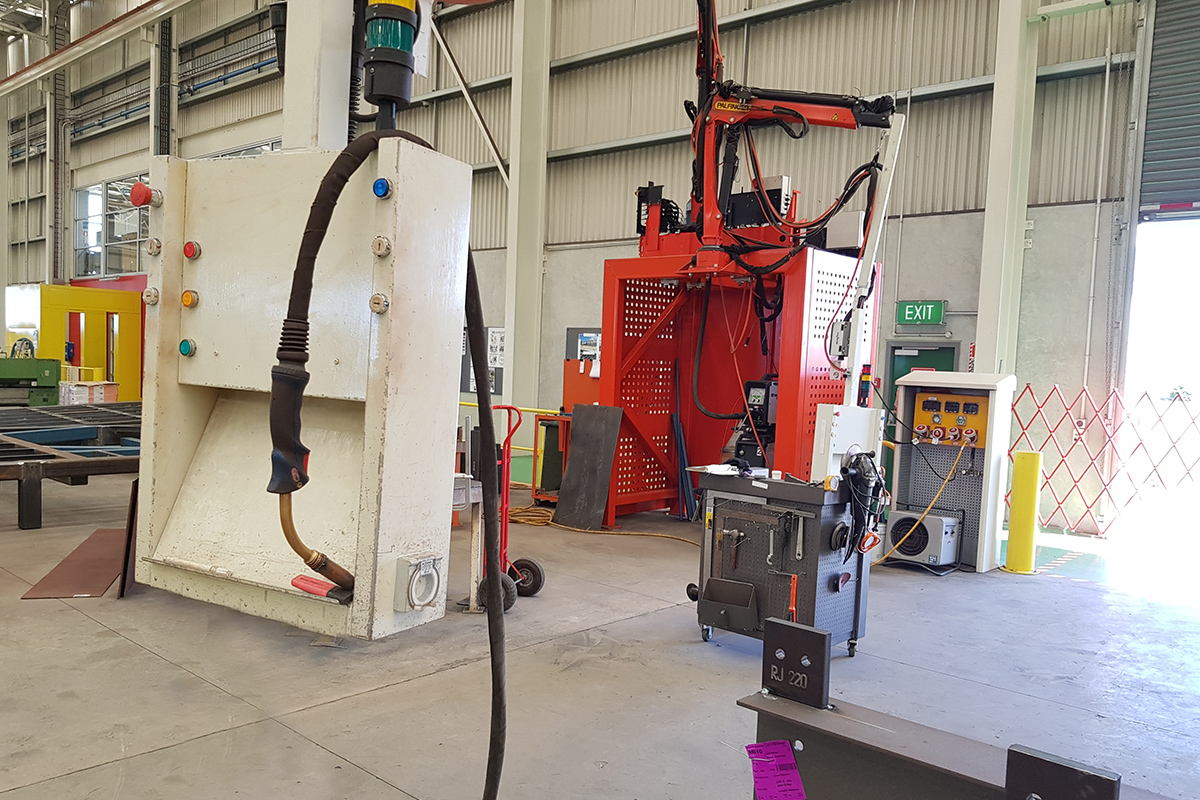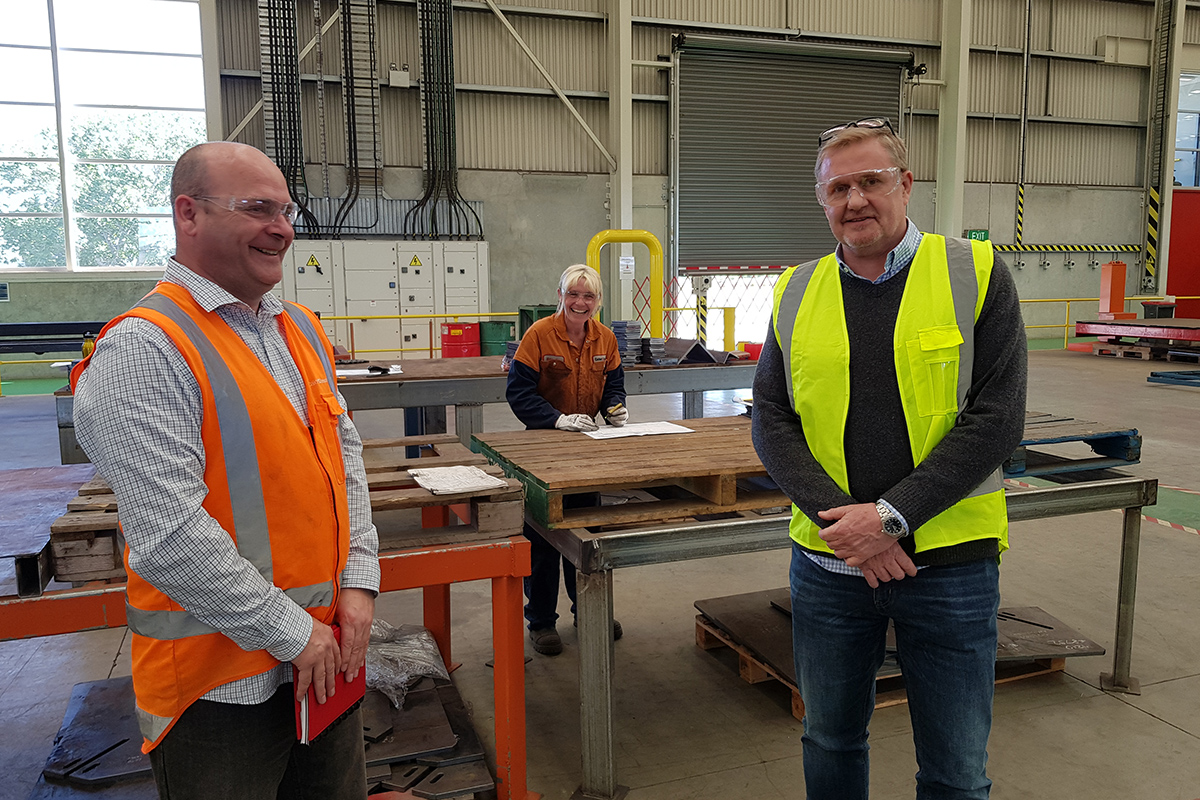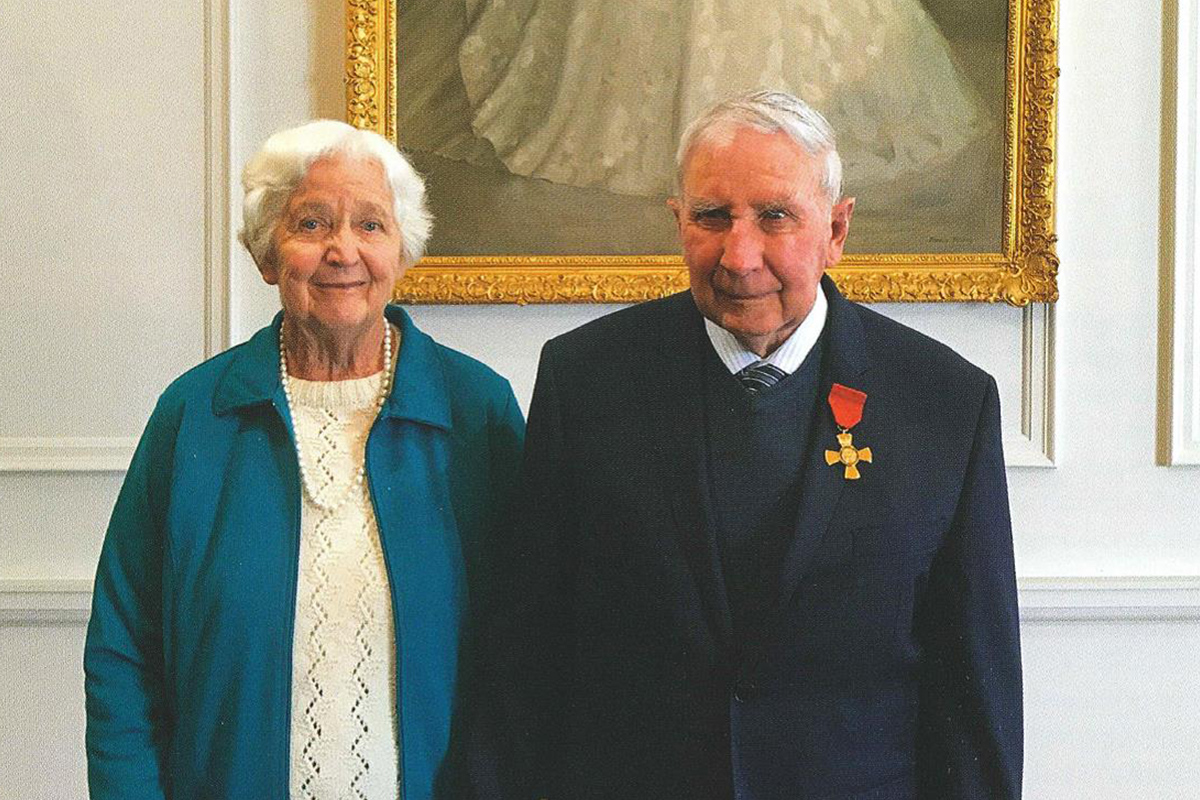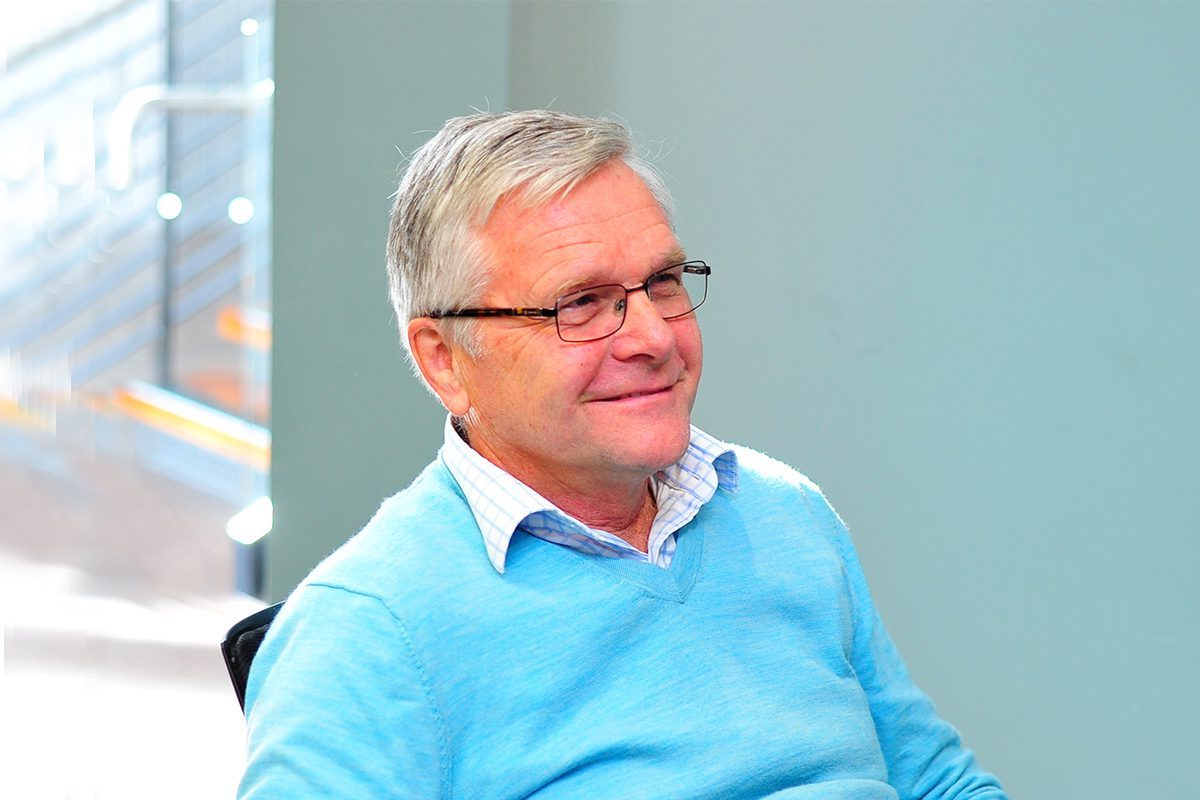Some may recall that Calder Stewart Steel was the winner of the prestigious industry excellence award ‘Metals Industry Innovator of the Year’ at the 2015 Metals Industry Conference.
Achieving this by embracing new technology to improve and assure quality, increase productivity and reduce overall cost with their new 10,500sqm steel fabrication facility. It represented the latest in lean manufacturing and environmentally sound manufacturing principles with high levels of IT-driven design and manufacturing processes. From integrated steel design software, workflow optimisation via beam transfer equipment to advanced drill and plate processor lines, and sophisticated process controlling welding power sources. These systems demonstrated significant hours saved in set up time and processing of orders, which coupled with a full commitment to quality assurance through the SFC scheme truly showed their drive for customer excellence.

And, it was with great pleasure that I had the opportunity to recently revisit this unique company as part of the SCNZ regional forum in the remote location of Milton near Dunedin. A trip that reaffirmed why Calder Stewart Steel was the deserved winner. And, the reason why we advocate so strongly for socially responsible triple bottom line principles to become the new norm – if we’re to achieve a sustainable New Zealand manufacturing industry.
An underlying commitment to the triple bottom line philosophy
While the family business doesn’t shout from the rooftops they choose “triple bottom line in New Zealand’s outback,” their steel facilities concept subtly supports it. Being:
- strategically designed to meet a growing New Zealand steel construction market embracing new technology to improve quality, increase productivity and reduce overall cost, and
- sustainably developed and green engineered to set a leading example of environmentally conscious design
Triple bottom line principles first refer to the economic bottom line – as, without a strategically designed competitive manufacturing system you can’t make profit. At Calder Stewart’s steel facilities, their commitment to quality is certainly endorsed through their SFC certification and quality assurance processes.
Secondly, it refers to environmental bottom line. Something that our site visit revealed is alive and well in their facility. The effective use of workspace designed with the human workforce and environment in mind touted natural light for ambient workspace and energy savings, a roof system pre-prepared to take up solar panels to create 160KW of solar energy, and a rainwater pond catchment beautifully landscaped with 40,000 trees.
Thirdly, the bottom line principle is about being a socially responsible employer. Something I observed implemented in their fantastic work environment that was both generous and inviting. Employees had beautiful lunch rooms with views, walk and cycle ways and even a sports field. A chat with steel fabricator Danelle Byrne, who assured me she has the boys under control, also gives me confidence that equal opportunity is absolutely part of this company’s ethos.
There is also plenty on display for the company’s community support. But for me, the greatest example is the family businesses choice to remain in the founders’ village of Milton and not move to where the big markets for their core products are. A decision that in the long term keeps their local workforce of over 400 employees well-paid and in jobs, but also provides substantial investment to the region’s economy.


The combination of these attributes has not gone unnoticed. With the Crown in May this year making company co-founder Bruce Steward an Officer of the New Zealand Order of Merit for services to the community and the construction industry. A legacy that looks to be followed by sons and joint directors Peter and Alan Stewart and their drive for leading a triple bottom line family business going forward.
Calder Stewart’s approach is what we’d like to see happen on the ground with our members
At HERA, we believe the positive impacts witnessed at Calder Stewart go far beyond happy staff and a stable local economy. It’s also an opportunity for us to even the playing field to compete against lowest cost tenderers – something that we advocated for strongly in our recent draft position on Public Policy 2017.
Here we asked the Government’s Rules of Sourcing to apply balanced decision making criteria in government and public sector procurement, and assess tenderers on three principles – economic, social and environmental impacts.
We feel that putting more weight onto these ‘triple bottom line reporting’ mechanisms will allow our New Zealand manufacturers to score better on all values considered important and diffuse the current race that’s more often than not run (and won) on ‘cheapest’ cost.
However – winning this argument with Government means nothing if our members aren’t actively developing a socially and environmentally focused business agenda to feed this criteria.
We certainly acknowledge that not all our members are in the financial position to do this as the pressure is often to distribute profit back to investors or day to day survival. Which is why part of our thoughts are that it’s the Government’s responsibility to support our industry through fair trade, and becoming lead user innovators that encourage companies to intuitively change by actively seeing better scoring companies rewarded with winning more work.
It’s time to strategise with social and environmental impacts in mind
With New Zealand’s commitment to the Paris agreement and a new government with increased focus on the New Zealand triple bottom line, our industry is well advised to have a fresh look at our strategy. We need to understand how to respond and what opportunities lie in us leading industry transformation on sustainability performance.
And this also applies for HERA. While our strategy always kept the focus on economic performance, our emphasis on environmental commitment dropped off following the pressures of recovering from the GFC. We also know the free trade development race has taken emphasis away from the social responsibility criteria debated in association with it. That’s why a change in commitment to environmental concerns and local manufacturing has seen us on the path to bring this into focus in next year’s strategy review and why the call to our members is to engage and establish a triple bottom line record and systematically improve on this.
The visit to Calder Stewart’s steel fabrication facility reinforced this sentiment. Showing what is possible when a company voluntarily commits to improving economic, environmental and social impact of their operation and how this can lead to a lasting legacy for the company owners.
Where to from here?
Quite a few of us have started improving our triple bottom line profile and aren’t waiting for government to legislate it – and for those who aren’t, we ask you to think about long term opportunities – don’t we owe it to our children and their futures?
And for the Government? We request they take a lead on enforcing the mandated rules for balanced decision making in government and public sector procurement to lead the way lifting New Zealand’s performance competitiveness.
